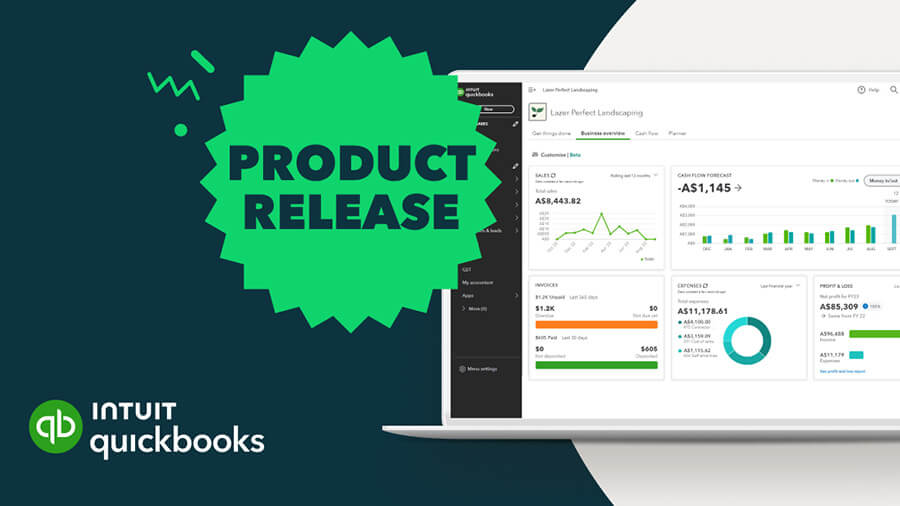What are Current Liabilities?
Current Liabilities Definition
Current liabilities refer to the debts and obligations that a company expects to pay or settle within one year or a company's operating cycle, whichever is longer. These liabilities are listed on a company's balance sheet, which is a financial statement that shows the company's total assets, liabilities, and shareholders' equity at a specific point in time.
The most common types of current liabilities include accounts payable, accrued expenses, short-term loans, current portion of long-term debt, and dividends payable.
Accounts payable refer to the amounts that a company owes to suppliers and vendors for goods or services received but not yet paid for.
Accrued expenses refer to expenses that a company has incurred but has not yet paid, such as wages and salaries, taxes, and interest.
Short-term loans refer to debt that comes due within one year, often used to finance working capital or to cover short-term cash needs.
Current portion of long-term debt is the portion of long-term debt that is due to be paid within one year.
Dividends payable refer to the dividends that a company has declared but not yet paid to shareholders.
Current liabilities are an essential part of a company's financial position, as they provide insight into a company's short-term obligations and its ability to meet those obligations. The ratio of current assets to current liabilities, known as the current ratio, is often used to assess a company's ability to pay its short-term debts.
Companies must manage their current liabilities effectively to ensure they have the necessary resources to meet their obligations while maintaining sufficient liquidity and funding for their operations. Financial analysts and investors closely monitor a company's current liabilities, along with its current assets, to assess the company's overall financial health.
Here are some more important facts about current liabilities:
- The management of current liabilities is a critical aspect of a company's financial management strategy. It involves balancing the need to pay current obligations with the need to maintain sufficient liquidity to fund operations and pursue growth opportunities.
- Current liabilities can be financed by a variety of sources, including short-term loans, lines of credit, and trade credit from suppliers.
- Companies often use metrics such as the current ratio (current assets divided by current liabilities) to assess their short-term liquidity and financial health. A higher current ratio indicates that a company has more current assets than current liabilities, which suggests that it is in a better position to meet its short-term obligations.
- Companies with high levels of current liabilities relative to current assets may face increased financial risk, as a sudden drop in liquidity or a failure to pay current obligations can lead to financial distress or bankruptcy.
- Changes in the level of current liabilities can impact a company's financial performance and may indicate changes in business activity or market conditions.
- Current liabilities are an essential component of a company's balance sheet and provide insight into a company's financial position at a specific point in time.
- It is important for companies to carefully manage their current liabilities to ensure that they have sufficient cash flow to pay their short-term obligations as they become due. Effective management can include negotiating favorable payment terms with suppliers, optimizing cash management, and using short-term financing to cover short-term cash needs.
Overall, current liabilities are an important aspect of a company's financial position and provide insight into its short-term obligations and liquidity. Companies must manage their current liabilities effectively to ensure that they can meet their obligations while maintaining sufficient liquidity to fund operations and pursue growth opportunities.







